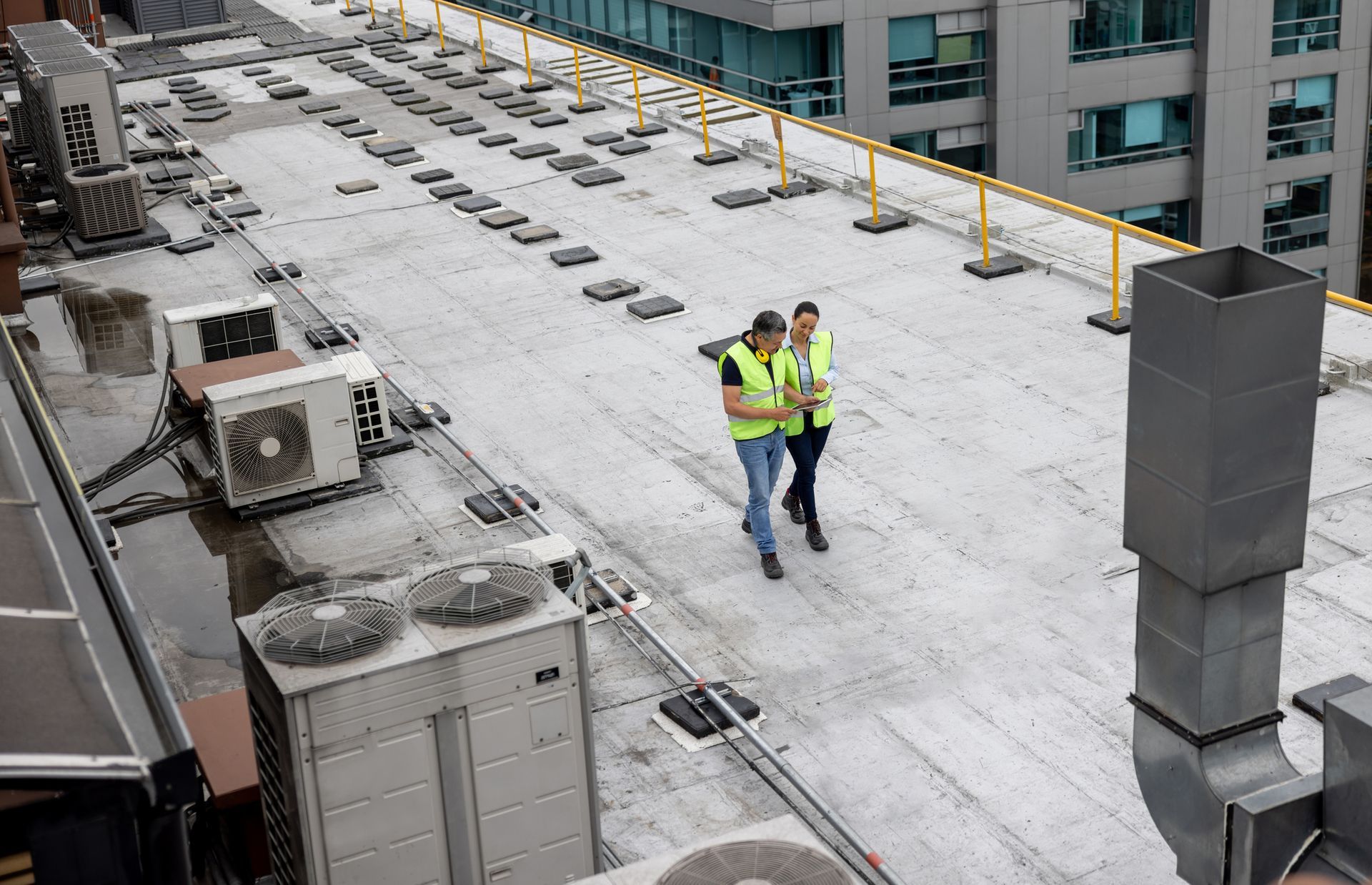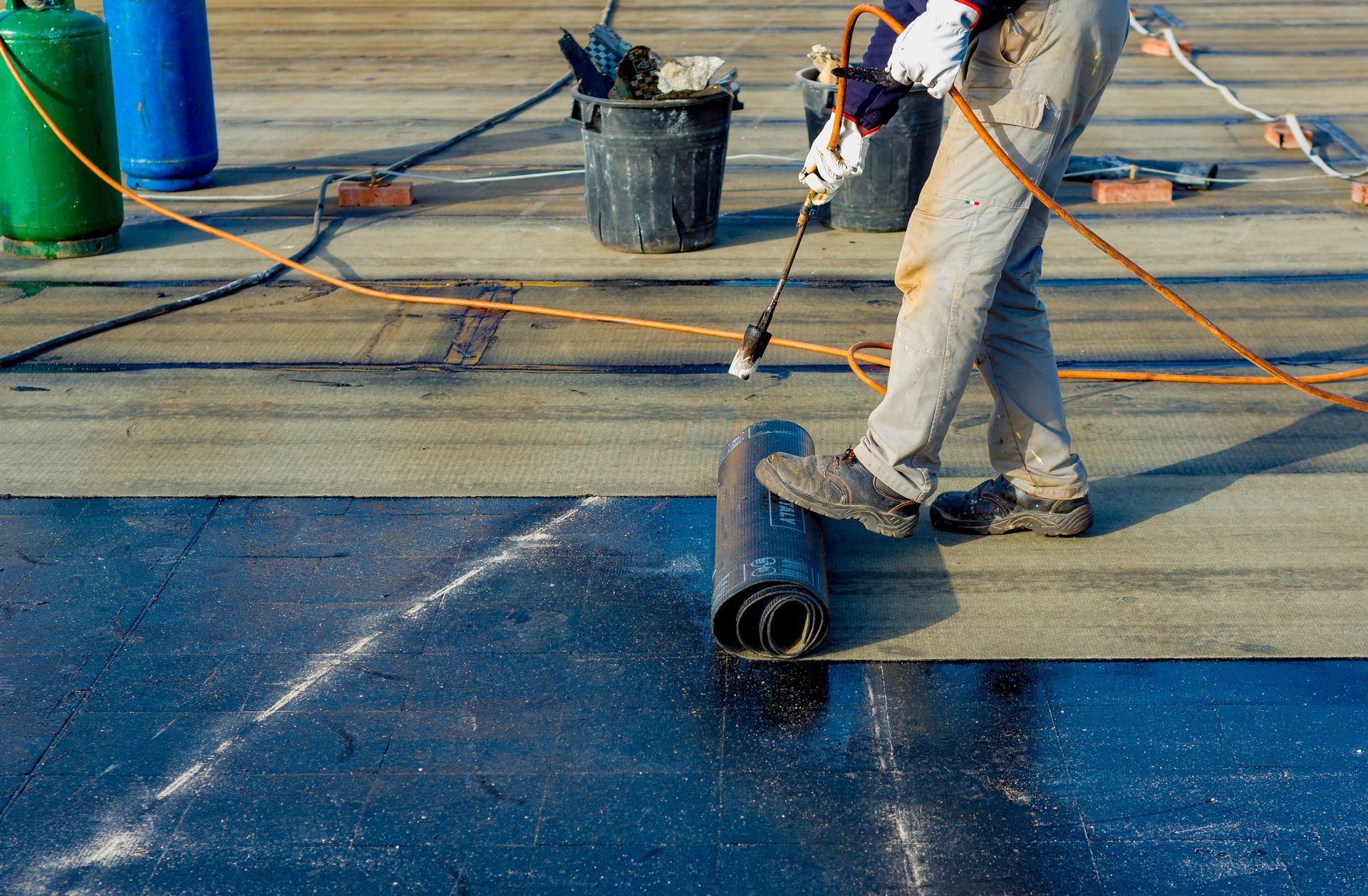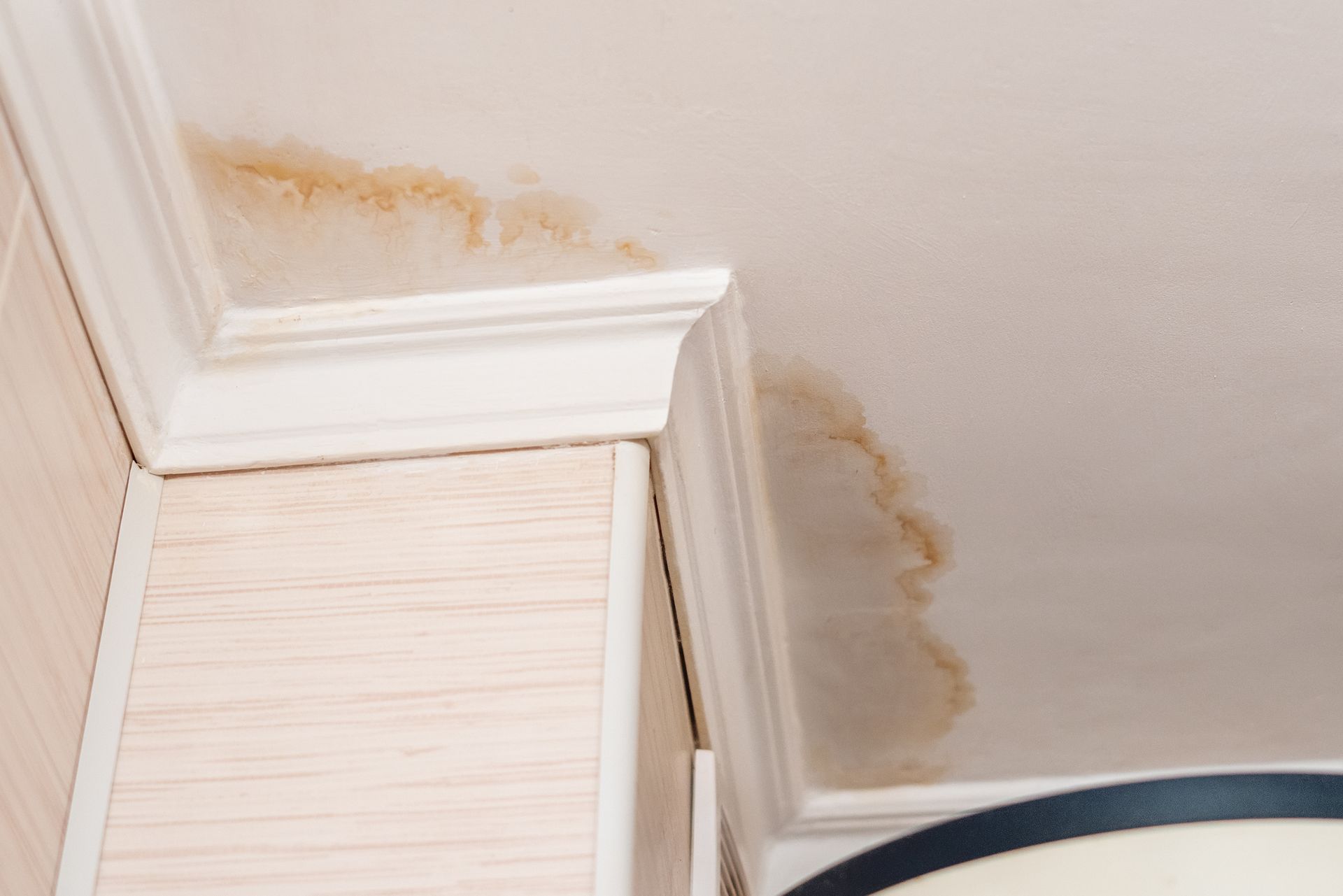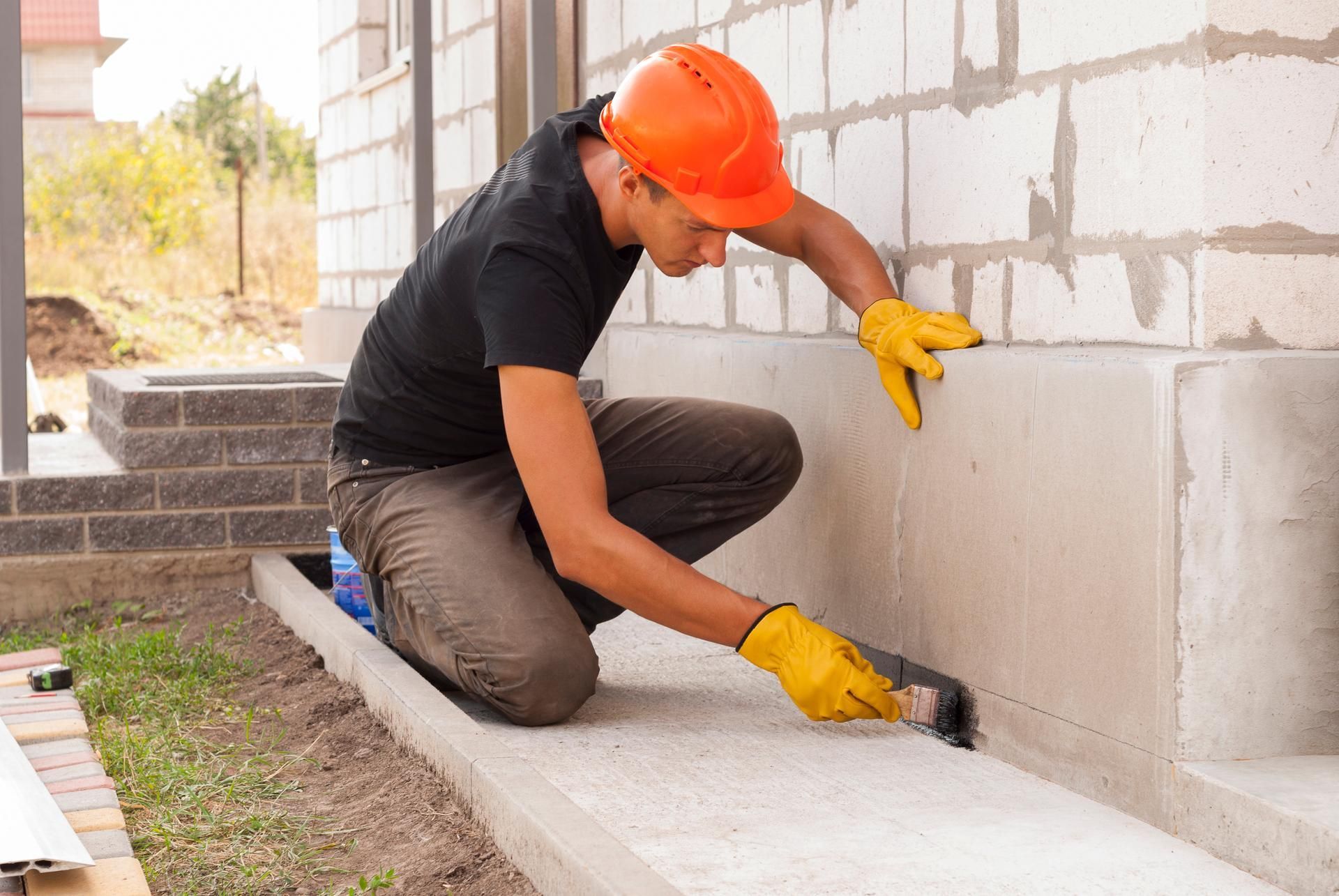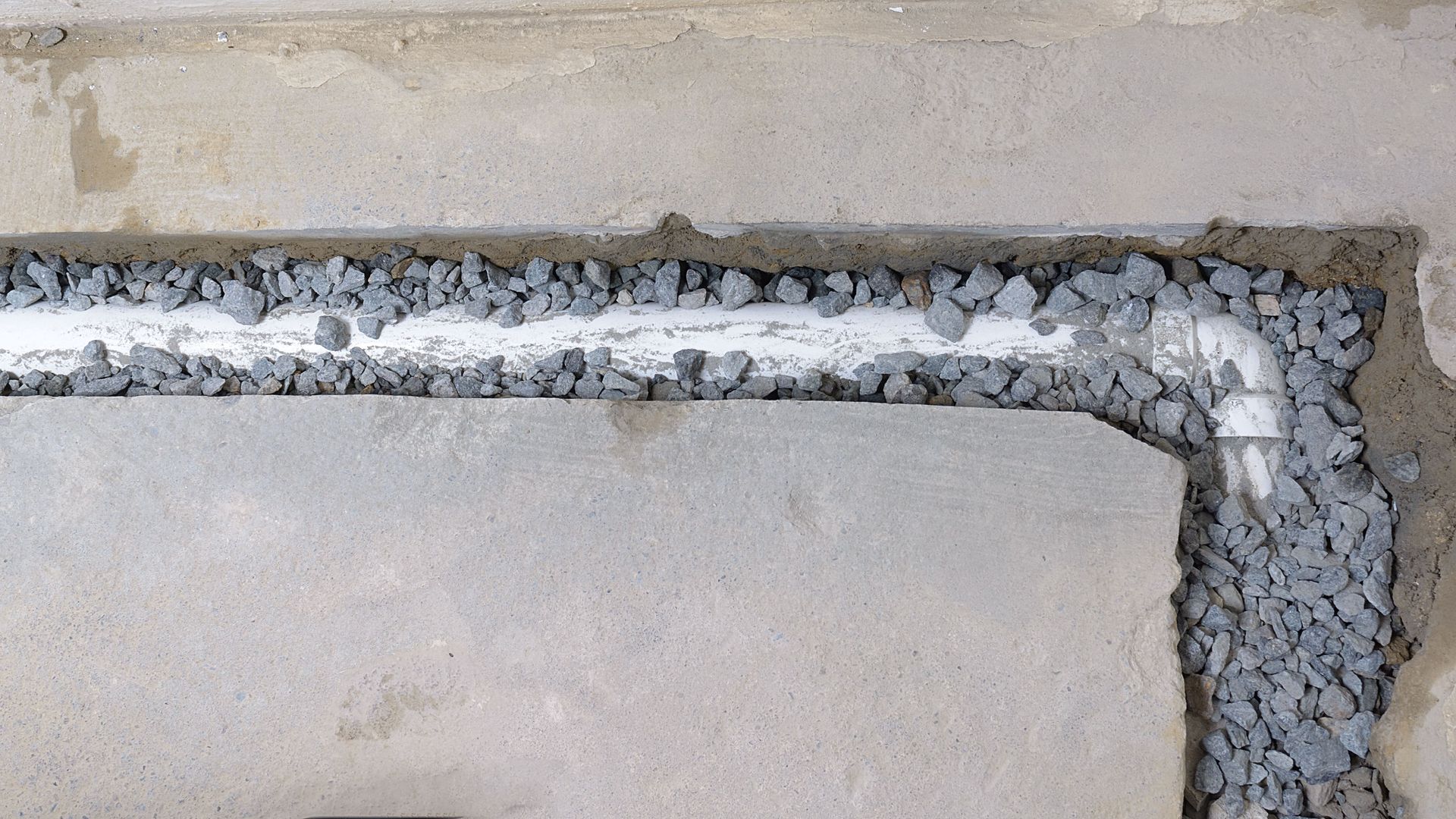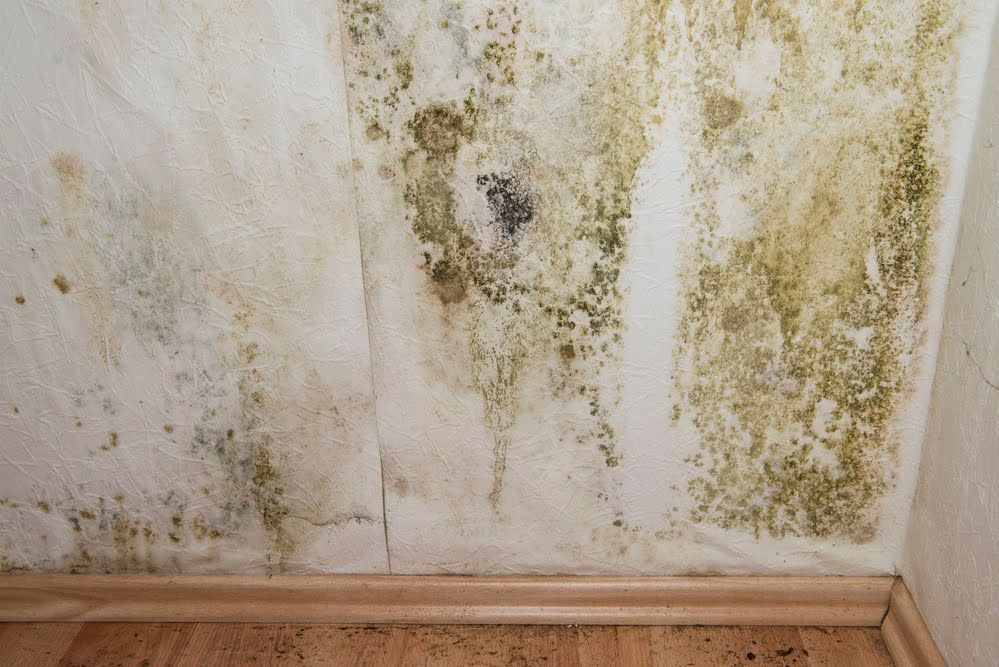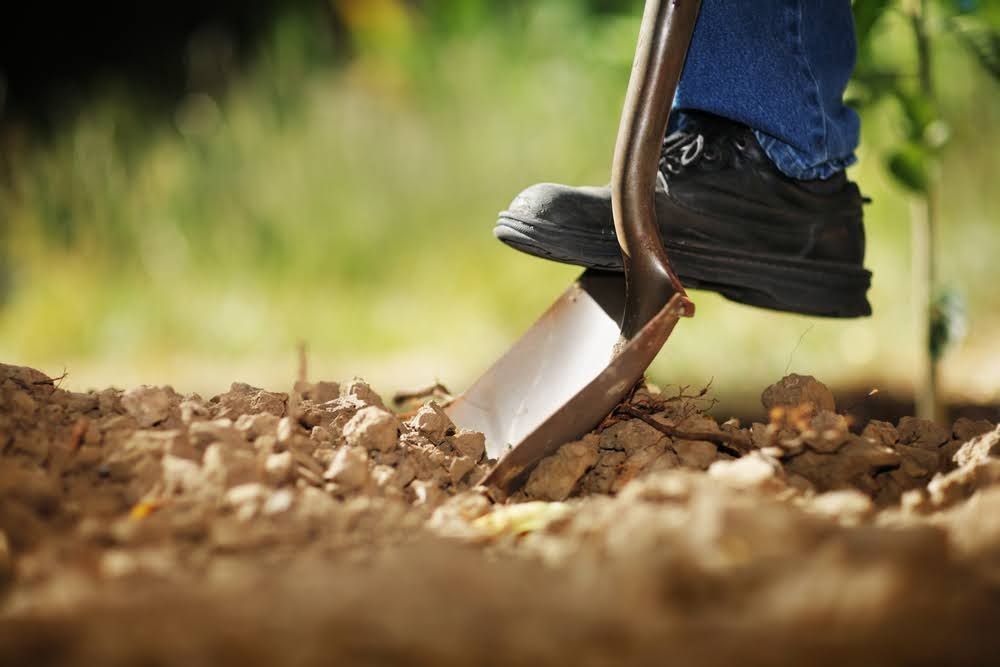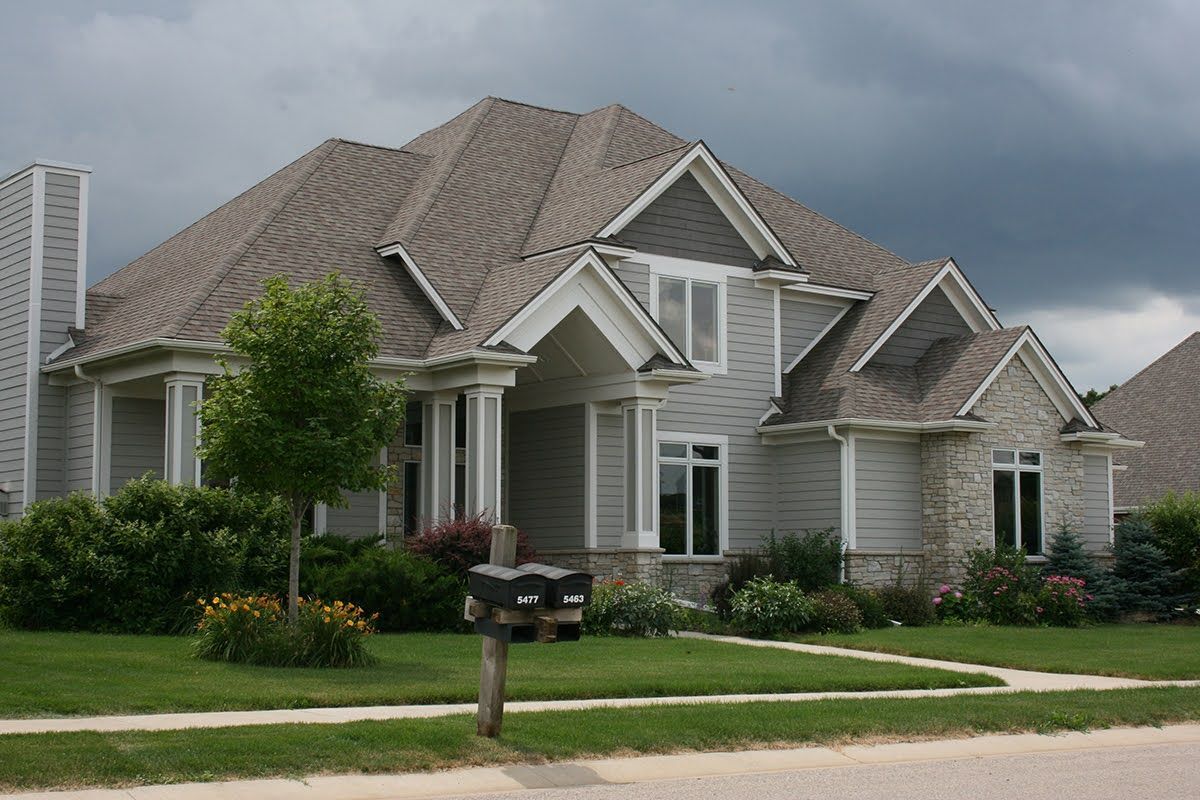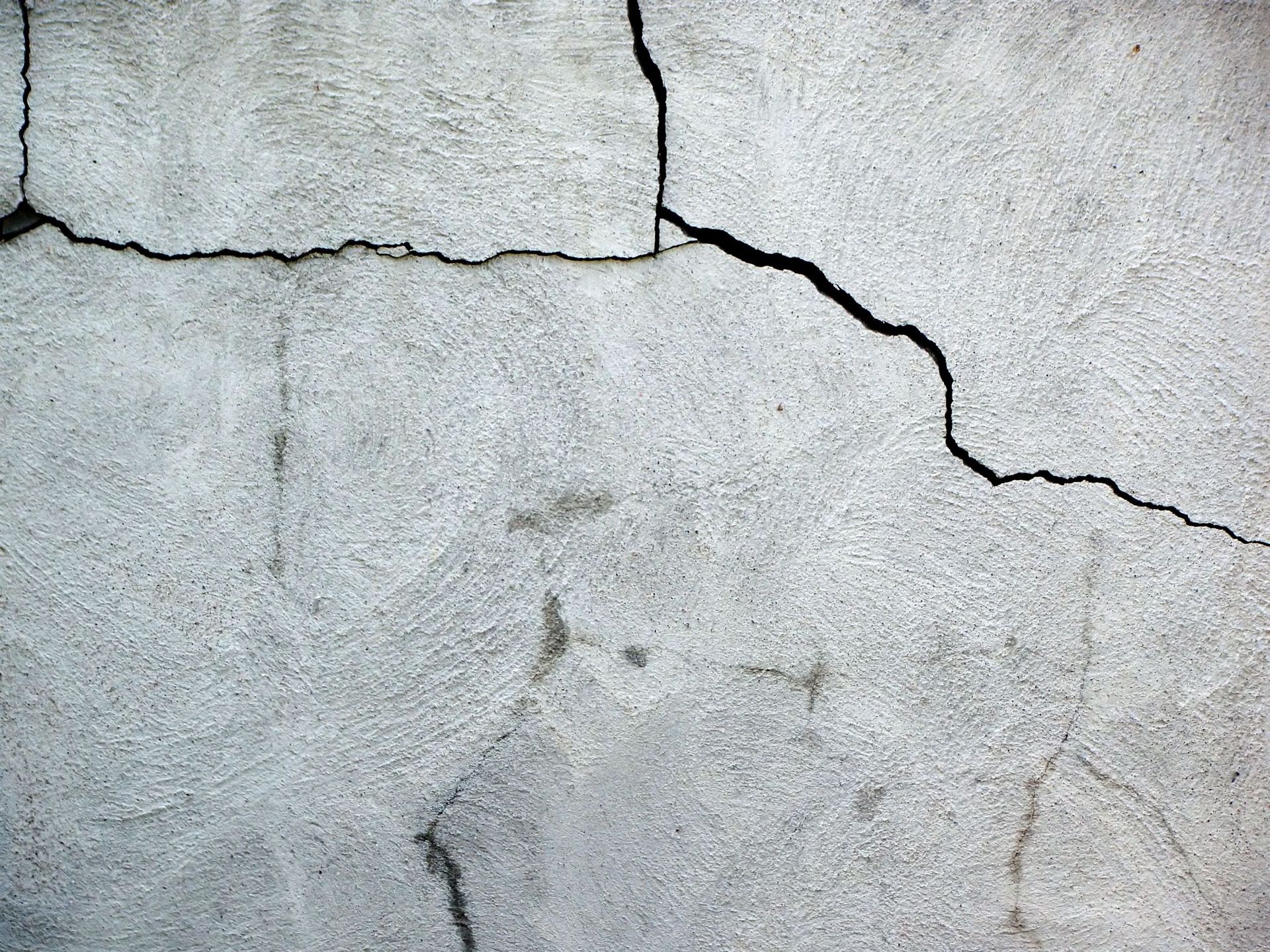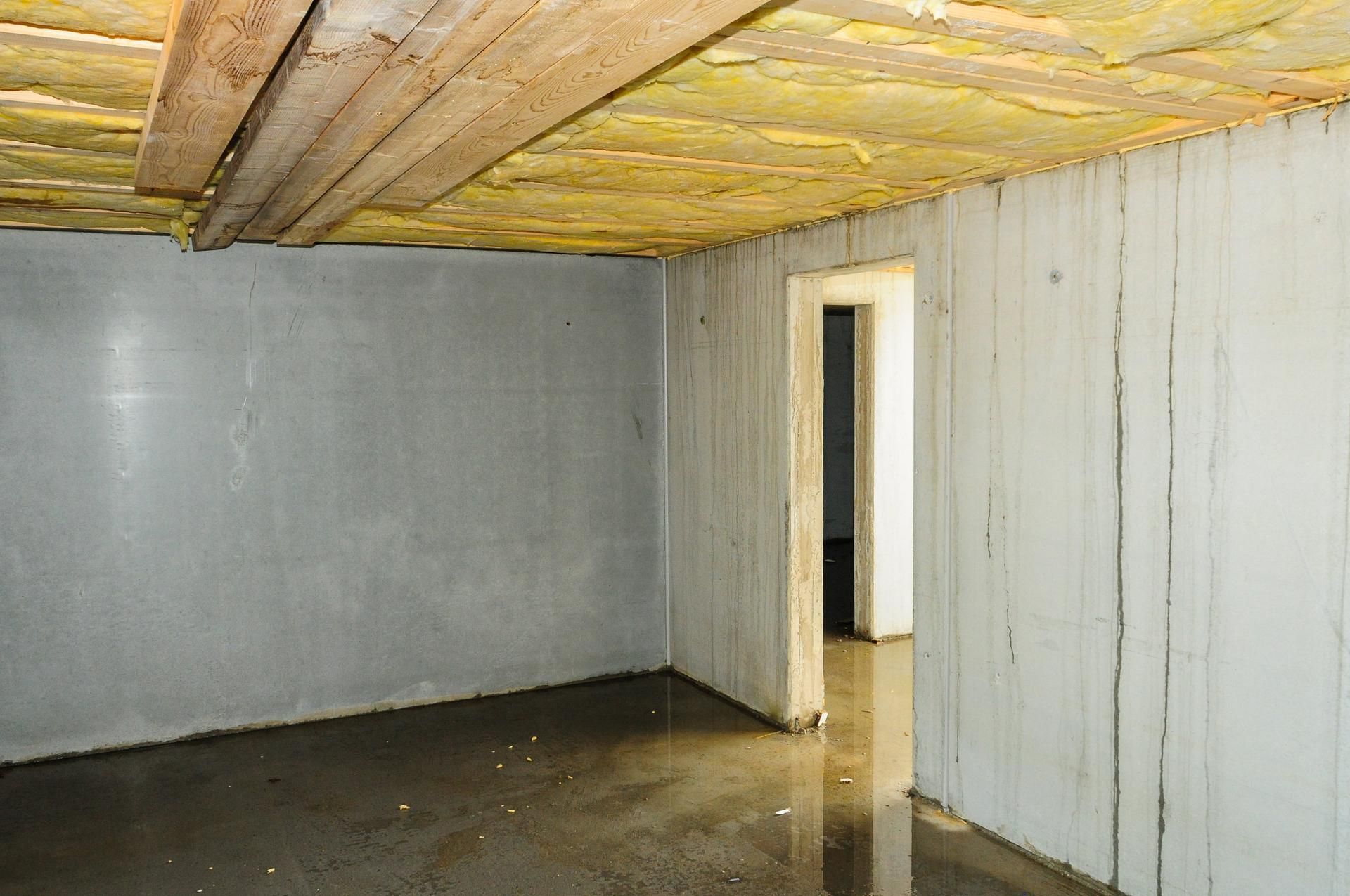Main Elements of an Effective Basement Waterproofing System
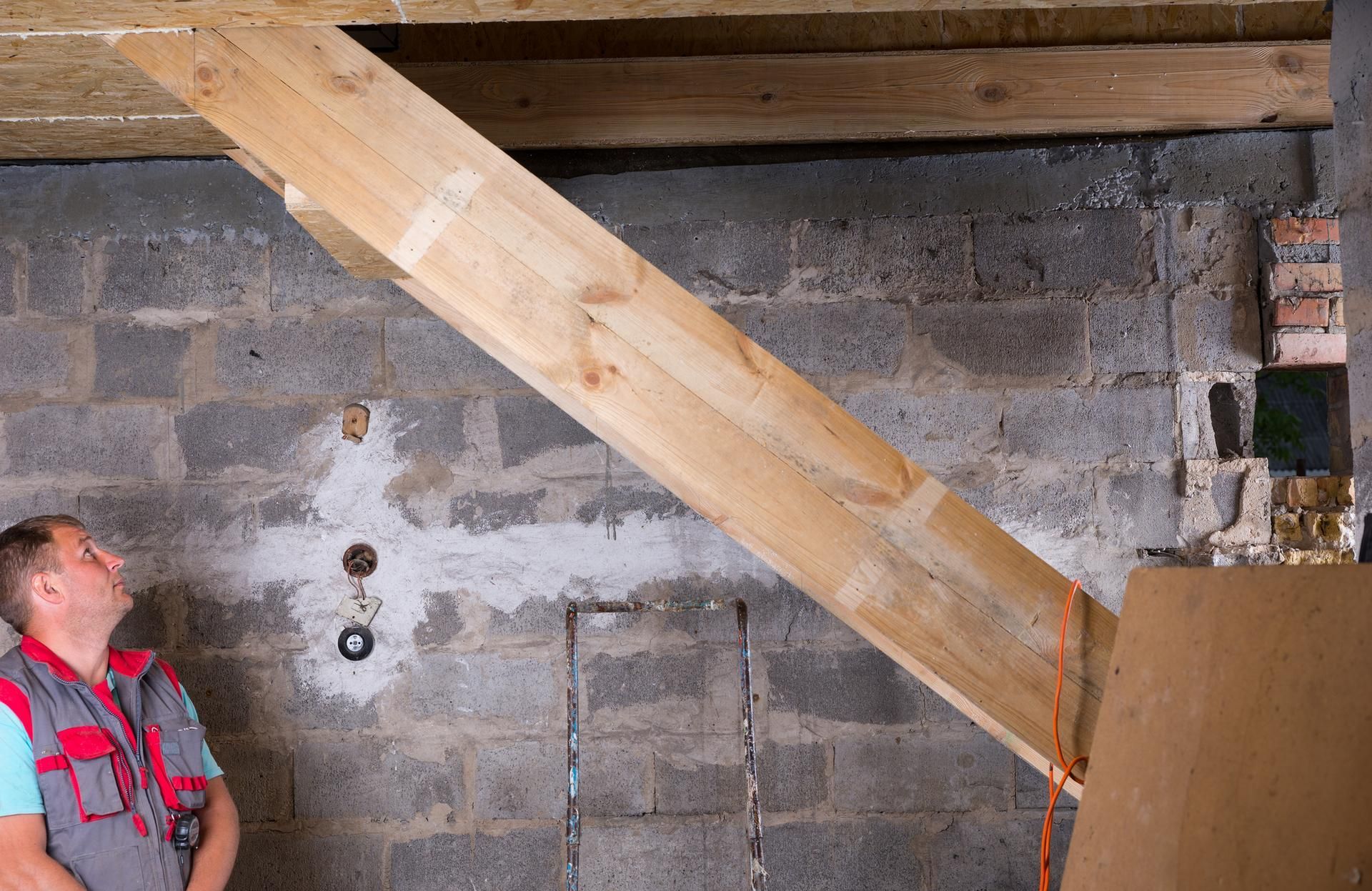
Your basement may have water leaks during rains, floods, or constant dampness in floors and walls. To address this, contact a moisture management professional for a waterproofing solution. The professional will create a basement waterproofing system that has the following elements.
Sump Pump
The sump pump serves as an efficient mechanism for keeping excess water at bay, ensuring a dry and safe environment within your basement space. Essentially, a sump pump consists of a sturdy pump housed in a pit or basin, typically located at the lowest point of the basement. When water seeps into the basement or accumulates due to heavy rainfall, the sump pump activates automatically. Its activation is triggered by a float switch or pressure sensor that detects rising water levels in the pit.
Once activated, the sump pump swiftly pumps out the water from the pit, directing it away from your home's foundation through a series of pipes or a discharge hose. By efficiently eliminating the accumulated water, the sump pump prevents it from spreading further into your basement and causing potential damage.
Having a sump pump in place can be immensely beneficial in waterproofing your basement. It provides a proactive approach to handling water intrusion, reducing the risk of structural damage, mold growth, and property loss.
Gutters and Downspouts
Gutters are channels typically attached to the edge of a roof, designed to collect and redirect rainwater away from the foundation of a building. Downspouts are vertical pipes that connect to the gutters, allowing water to flow from the roof to the ground or drainage system.
Gutters serve as a protective barrier against water infiltration by channeling rainwater away from the foundation. They collect the water that flows off the roof and guide it along a path that avoids pooling near the base of the building. By doing so, gutters help prevent excess water from seeping into the basement, which can cause moisture-related issues such as dampness, mold growth, and structural damage.
Downspouts complement gutters by facilitating the efficient drainage of water. They provide a vertical conduit for the collected rainwater to be directed away from the building's foundation. By securely attaching downspouts to the gutters, water is effectively channeled away from the basement, reducing the risk of water accumulation near the structure.
Vent Wells
Vent wells are structures designed to aid in waterproofing basements by providing proper drainage and ventilation. They are typically installed around basement windows or other openings to the outside. The main purpose of vent wells is to prevent water from pooling around these openings, thereby reducing the risk of leaks and moisture seepage into the basement.
The design of vent wells is straightforward. These wells are constructed using durable materials such as concrete, metal, or plastic. They are dug into the ground, extending below the level of the basement window. The wells are wide and deep enough to allow adequate airflow and drainage.
Positioning vent wells around basement windows creates a barrier against rainwater, effectively diverting the flow away from the foundation. This precaution reduces the pressure on the window seals and walls, lowering the likelihood of water seeping into the basement through cracks or gaps.
Another crucial aspect of vent wells is the ventilation they provide. Proper airflow is essential for preventing excess moisture buildup inside the basement, which can lead to mold and mildew issues. Vent wells facilitate air circulation, helping to keep the basement dry and mold-free.
Furthermore, vent wells can be equipped with covers or grates to protect against debris accumulation and prevent anyone from accidentally falling into them. This additional safety feature ensures that the vent wells remain effective without becoming potential hazards.
Central Penn Waterproofing, a family-owned and operated company with nearly 40 years of combined experience, provides comprehensive basement waterproofing services. Our qualified staff promptly inspects water problems and offers cost-effective solutions using logical methods or systems. Contact us for quality workmanship at an affordable price.


